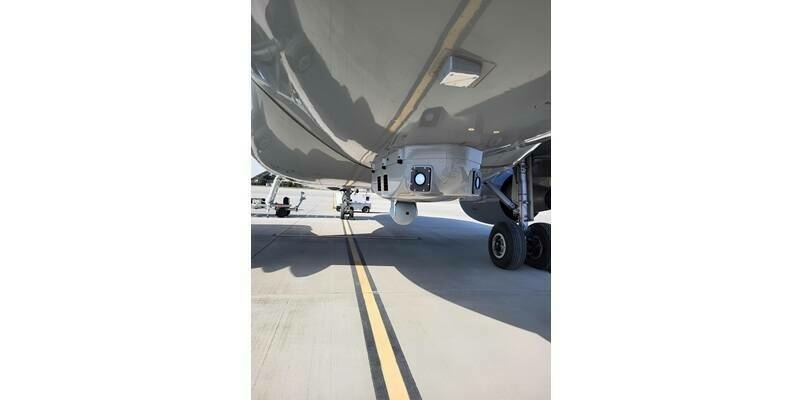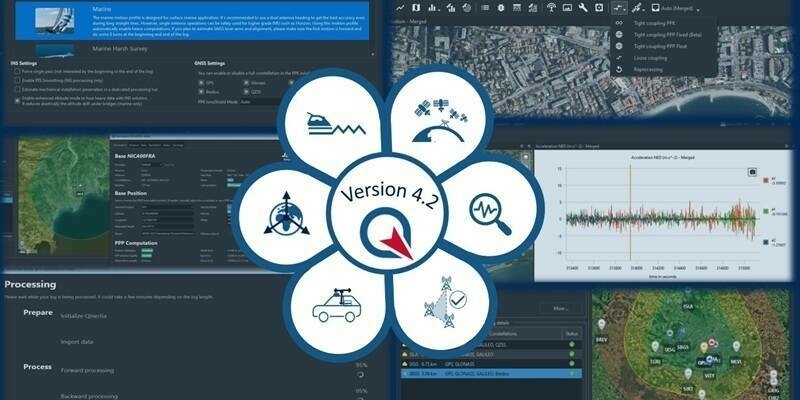To date, palm oil plantations have generally been monitored using costly and time-consuming land-based assessments, and many countries lack the resources to do regular surveys. Remote sensing, on the other hand, can provide quick, repetitive, accurate information on huge areas of oil palms using high-resolution satellite imagery. It also provides the necessary independent monitoring needed for certification agencies, such as performed by RSPO (Roundtable on Sustainable Palm Oil) and ISCC (International Sustainability and Carbon Certification).
Mainly grown in Southeast Asia and Africa, oil palms are a highly productive, producing more vegetable oil per hectare than any other oil crop. However, the conversion of tropical forests to palm oil plantations has devastated the environment—resulting in the loss of a huge number of plant and animal species. Amid rising demand for cheaper vegetable oil and biofuel, the challenge is to increase the production of oil palm while reducing the impact on the world’s forests and the environment.
Geoinformation technologies could lead to huge improvements in the sustainable management of palm oil plantations—helping to solve some of the environmental problems by, for example, detecting illegal deforestation and enabling early diagnosis of disease and pest problems, as well as improving productivity by assessing crop and soil conditions more effectively.
However, some of the remote sensing data exploration methods are still at the research and development stage, and progress is slow, explains Dr Kasturi Devi Kanniah from the Universiti Teknologi Malaysia in Malaysia and her colleagues. Although the potential opportunities are already being explored by plantation companies, the techniques are often kept confidential. The authors call for industry and academia to join forces to speed up the development and implementation of these technologies, and increase the responsible management of the whole sector. Various opportunities exist, such as:
1) Using remote sensing imagery to identify lands suitable for oil palm expansion—protecting high carbon stock forests (which if cleared release high amount of greenhouse gases), and land with high conservation value.
2) Developing remote sensing technologies to improve the accuracy of yield prediction and performance—by measuring observable biophysical parameters like the greenness of the palm canopy, height of the tree, and soil conditions.
3) Expanding the use of unmanned aerial vehicles to provide regular and timely monitoring of oil palm plantations in tropical countries where clouds often restrict the use of satellite images.
With the open data policy of the European Copernicus programme monitoring at a proper scale and suitable repeat cycle becomes feasible. The availability of multisensor optical and active microwave imagery at high spatial resolution fosters the use of geoinformation at plantation and tree level. "The article describes the state-of-the-art in remote sensing for palm oil and provides an overview on the potential to improve a sustainable oil palm plantation management, including urgent research questions." says Dr. Christine Pohl from University of Osnabrueck. Her research team together with a network of other experts from the University of Twente in the Netherlands and ISCC in Cologne are investigating the support of sustainability assessment using geoinformation.
Subscribe to our newsletter
Stay updated on the latest technology, innovation product arrivals and exciting offers to your inbox.
Newsletter

